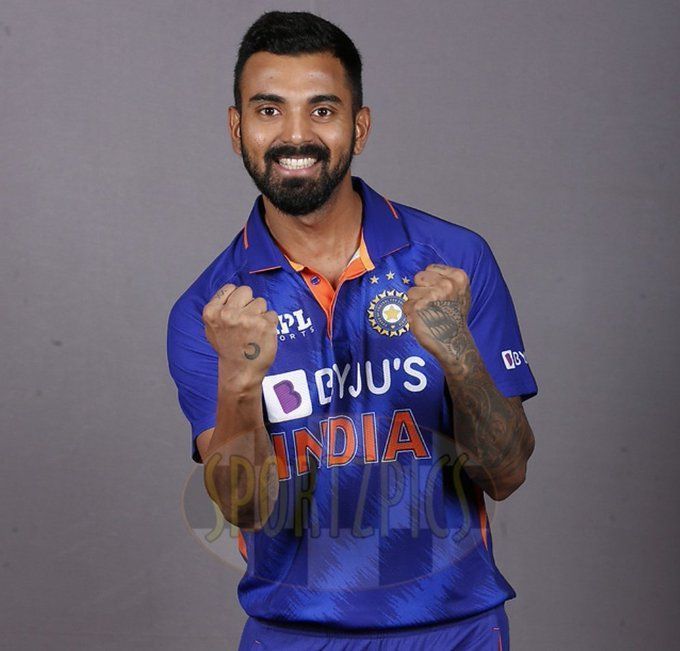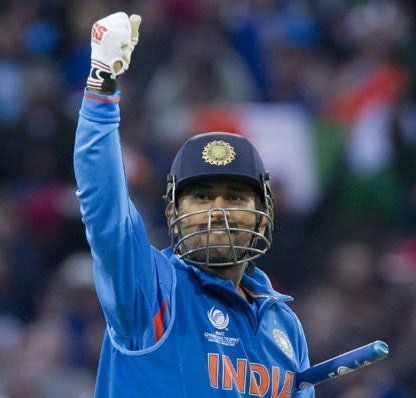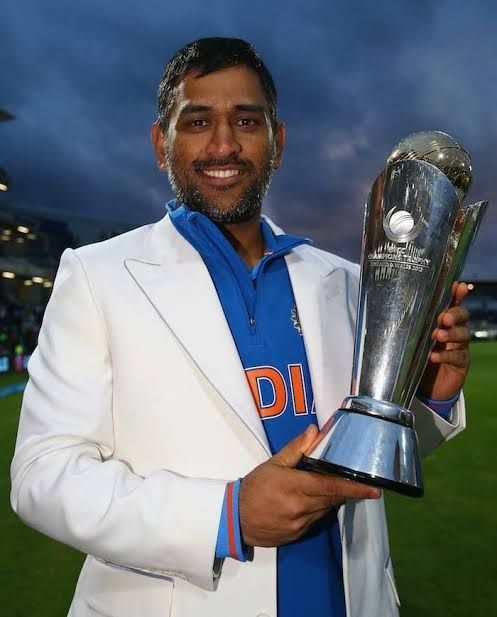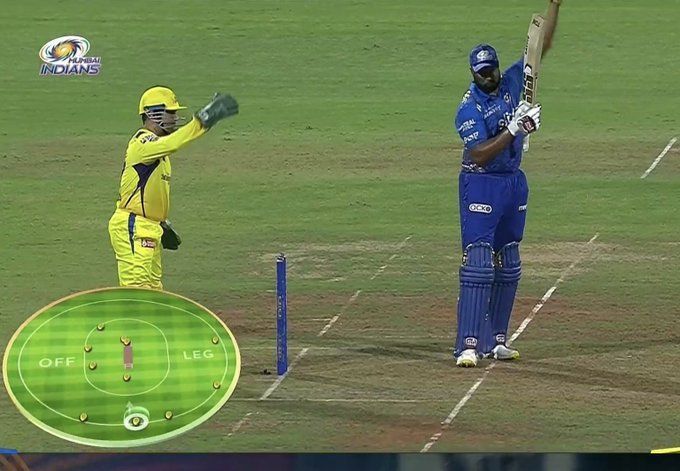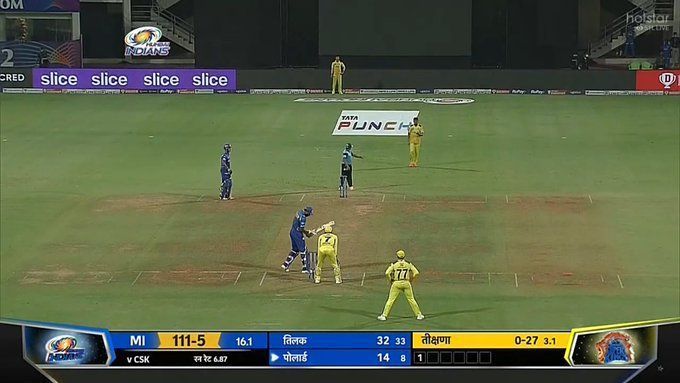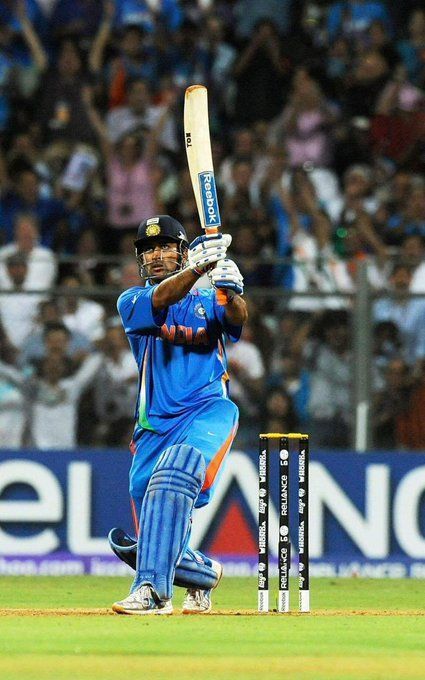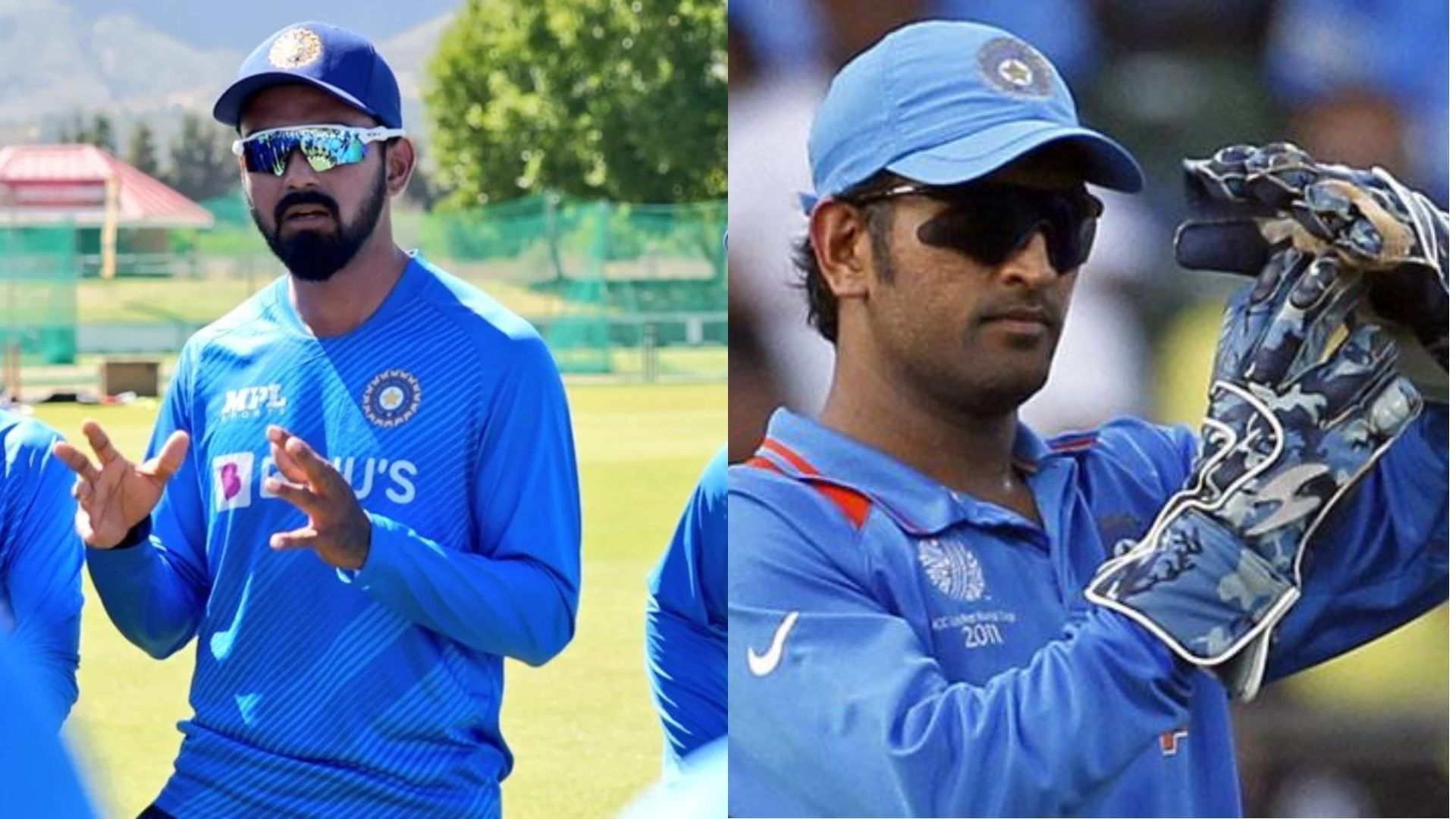
IND vs SA 2022: 3 lessons KL Rahul can learn from MS Dhoni's captaincy
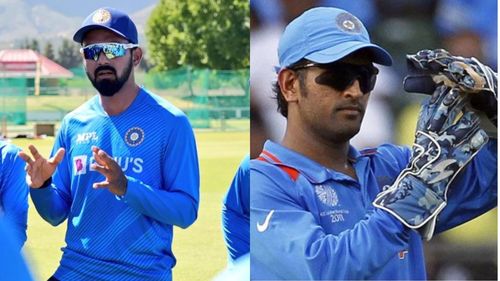
Quite a few eyebrows were raised when KL Rahul was named India's captain for the five-match T20I series against South Africa beginning on June 9.
The 30-year-old had captained India in a Test match and three ODIs before, but lost all of them, coincidentally all against the Proteas.
KL Rahul also hasn't quite been able to execute his captaincy skills in the IPL. After two disappointing campaigns as captain of the Kings XI Punjab (now known as Punjab Kings), Rahul moved to a new franchise in the Lucknow Super Giants (LSG).
Though LSG looked promising at the beginning, their form tapered off as they were knocked out in the Eliminator.
While some feel KL Rahul should not be groomed to be the next Indian captain, he showed some encouraging signs of proactive captaincy when he was with LSG, particularly with bowling changes.
He has enough experience under his belt as a player and can take this series as a learning curve to only get better at captaincy.
In the absence of big players like Virat Kohli and Rohit Sharma, this is KL Rahul's opportunity to show that he can also thrive when given the captaincy.
There is arguably no better role model for the 30-year-old than the legendary MS Dhoni himself. Dhoni's mindset as one of the most successful captains across formats is something that Rahul can take inspiration from.
On that note, let's take a look at three lessons that KL Rahul can learn from Dhoni's captaincy:
#3 Read conditions well and use the match-ups
The importance of realizing match-ups, especially in T20s, has become of paramount importance for a captain. KL Rahul has shown signs of brilliance as he used LSG pacers Mohsin Khan, Avesh Khan and Dushmantha Chameera to attack the batters with short-pitched bowling.
However, there have also been some instances where KL Rahul perhaps miscalculated the overs and ended up giving one too many to a spinner that helped turn the game on its head.
Him giving the 20th over to Krishnappa Gowtham when Punjab played Mumbai in IPL 2020 still remains one of the most baffling mistakes he ever made.
Captaincy also comes into play when you want to make changes to the batting line-up based on favorable match-ups
However, he can take a leaf out of MS Dhoni's book on how to read the situation and perhaps make use of the dimensions of the ground. As soon as Dhoni sniffed that there was a bit of help for the spinners, he used to make use of even part-timers like Suresh Raina.
Giving Ravindra Jadeja and Ravichandran Ashwin bowling at the death in the 2013 Champions Trophy final is a great example of how Dhoni used to read situations and conditions.
#2 Make unorthodox field placements according to the batter on strike
MS Dhoni has outfoxed Kieron Pollard at least thrice in his career by placing a fielder on the boundary almost right behind the umpire. The world knows how devastating Pollard is with his straight hits down the ground.
Dhoni first introduced this unusual fielding position in the 2010 IPL final when the Mumbai Indians needed a Pollard blitz to win their maiden title. However, that trick worked wonders and Chennai won the game as Pollard was caught at straightish mid-off.
The Chennai captain repeated the same trick in the IPL 2022 season and Pollard once again fell into the trap.
KL Rahul could perhaps make such unorthodox changes to the field if he carefully studies the dangerous batters from the opposition. In such situations, that one field placement could prove to be a match-defining moment.
#1 Remain calm in crunch situations
Perhaps the biggest lesson that MS Dhoni has given everyone is how to remain calm under pressure. Having won all three ICC white-ball tournaments, Dhoni showed very little emotion even when things didn't go the way he planned.
KL Rahul might well learn from this and understand that remaining calm in tense moments would only keep him in a better frame of mind while making those tactical decisions.
If the 30-year-old can incorporate this into his captaincy, he can perhaps avoid the odd blunder that any skipper could make under pressure, be it a bowling change or a field placement during a tense finish.
